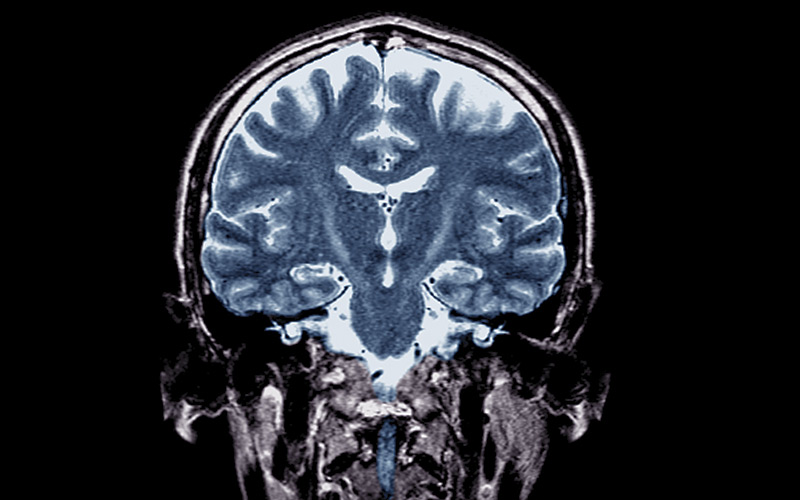Scientists have discovered how certain forms of motor neuron disease begin and progress at cellular and molecular levels. It is hoped that the findings could reveal potential new ways to slow down or even stop the disease’s progress.

The team is working with pharmaceutical companies to develop new treatments for motor neuron disease and other neurodegenerative conditions.
By studying cells from patients with motor neuron disease – also known as amyotrophic lateral sclerosis (ALS) – they revealed a detailed picture of how motor neurons decline and die.
The team from the Francis Crick Institute and University College London also found that the healthy neuron-supporting cells astrocytes may play a role in the survival of motor neurons in this type of ALS. This highlights the role they may play in combating neurodegenerative diseases.
Sonia Gandhi, one of the project leaders, said: “Understanding how and why neurons die is clearly vital in neurodegenerative diseases, but part of the puzzle is also understanding the emerging role of astrocytes in this context.”
The research was funded by Wellcome, Cerevance, Grand Challenges, the National Institute for Health Research Queen Square Dementia Biomedical Research Unit and the NIHR University College Hospitals Biomedical Research Centre.
A paper on the work has been published in Cell Reports.




